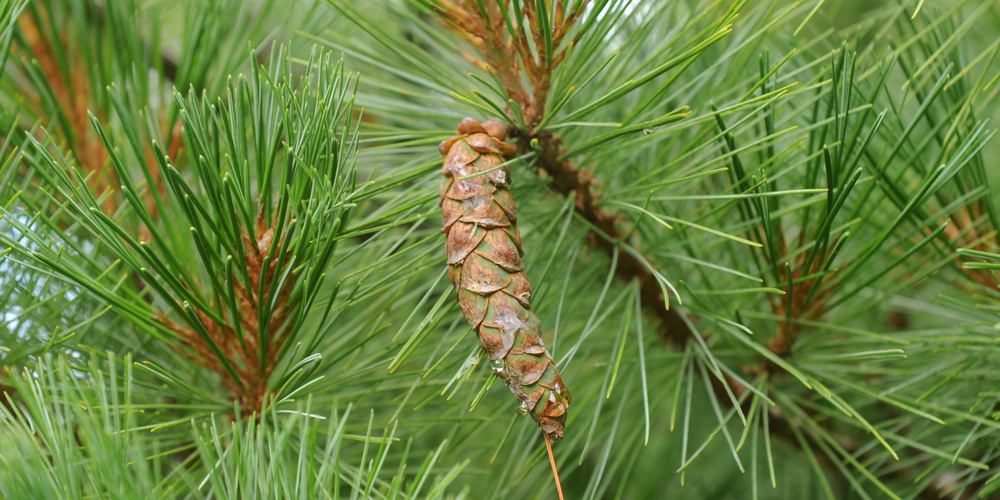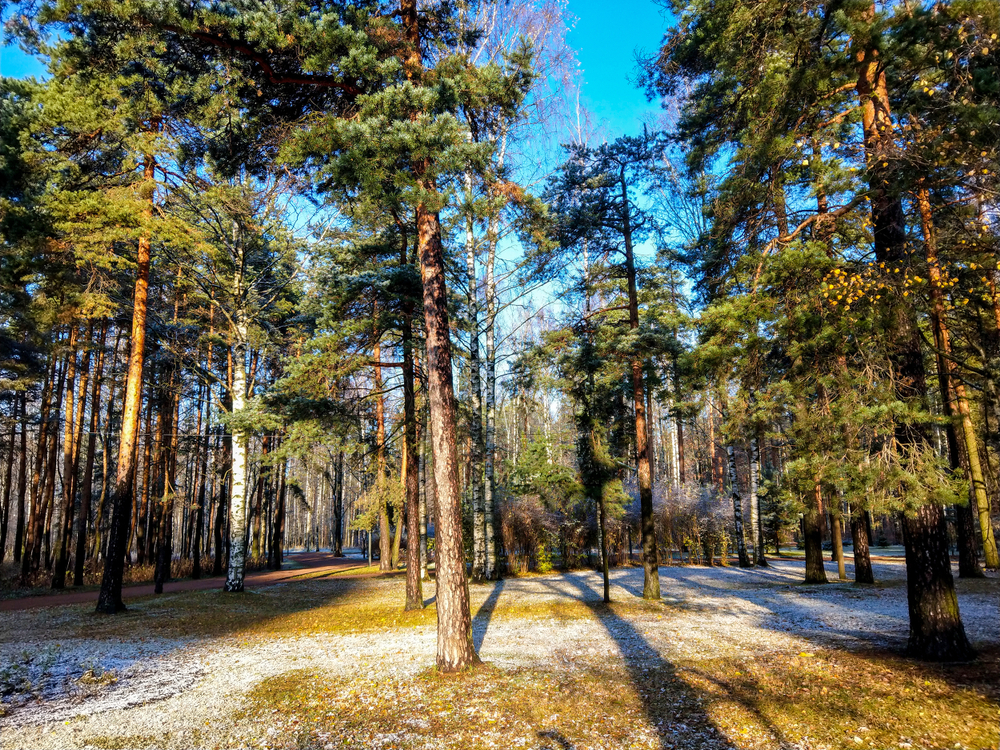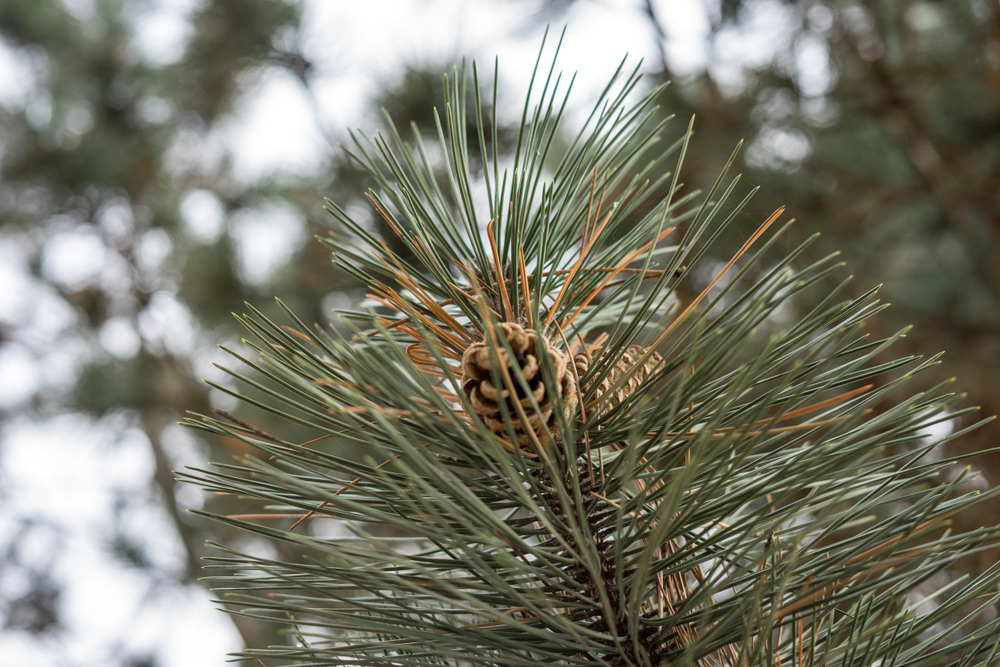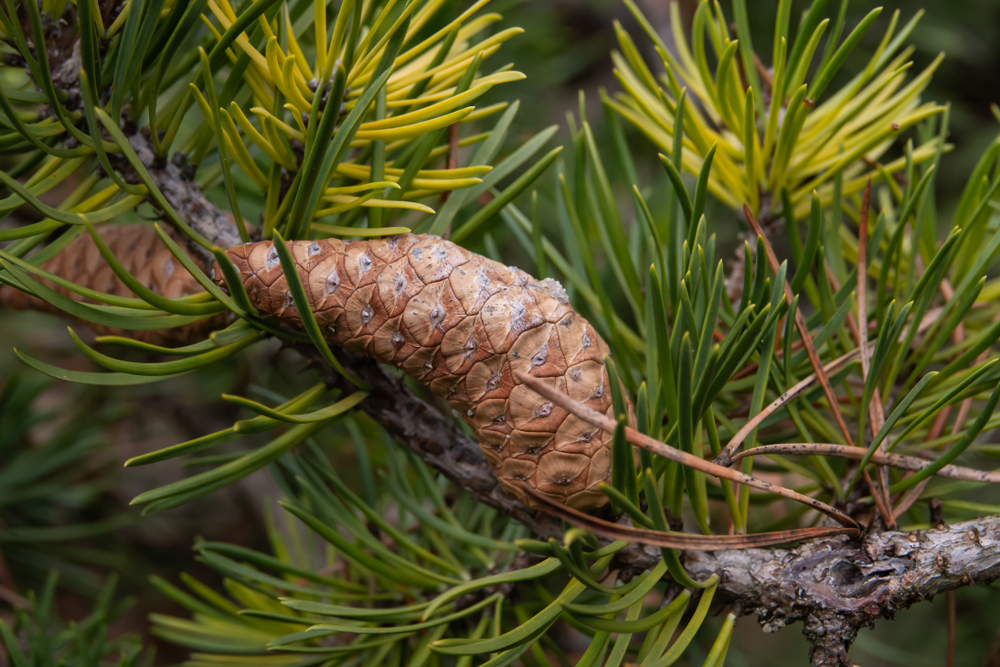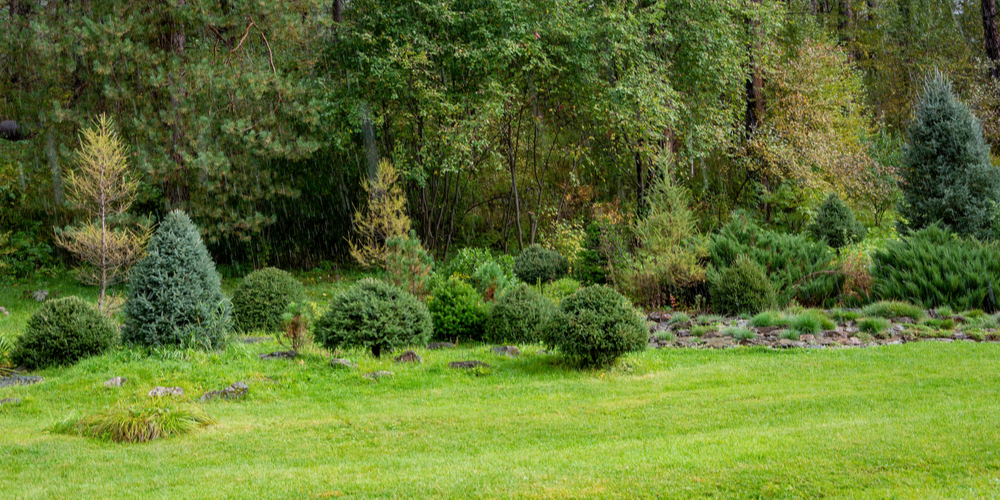Maine is known as the Pine Tree State for a good reason. This state is the home to several native pine trees, including its official state tree, the Eastern White Pine. Read on to learn about Maine pine trees.
Maine Pine Trees
Pine trees have a centuries-long history in this area, and their lumber also plays a big role in the Maine economy. Maine includes several USDA zones, ranging from three to six.
Eastern White Pine
Also known as Pinus strobus, the Eastern White Pine is a vital and versatile pine tree that makes up much of the Maine landscape. It also plays a key role in the lumbar industry since it is a fast grower that lives for a long time. Plus, this tree is a delightful option for a tree during the winter holidays.
It grows well in zones four through nine and can reach between 50 and 100 feet. However, it also does well with pruning. So, you can grow it as a hedge and tall tree alike. Besides Maine, this tree is also native to other parts of North America.
The Eastern White Pine yields bluish-green needles about three to five inches long. The sheath sheds in late August. It also produces a long, thin, and smooth cone measuring between four and eight inches.
Red Pine
Red Pine, also known as Pinus resinosa, the Norway Pine, and Canadian Pine, grows throughout zones two through to seven throughout the state. It can grow to between 50 and 80 feet tall and does best in full sun. You can recognize this tree by its straight trunk that yields needles at its top.
The Red Pine’s needles are dark green and four to six inches long. They persist throughout the seasons. Cones from this tree are only one to two inches long and also smooth.
Pitch Pine
The Pitch Pine, which also has the scientific name Pinus rigida, may not yield much in terms of lumbar or beauty, but it holds great historical significance and other purposes. It produces a resin commonly used in many industries.
This tree grows to between 50 and 100 feet tall crookedly. It grows best in full sun in zones five through seven throughout the state.
Pitch Pine has unique needles with a stout, twisted shape. They are dark yellow-green and about three to five inches long. The cones are between one and four inches and more prickly than other varieties. They can stay on the tree for more than a decade.
Jack Pine
Pinus banksiana, also known as Jack Pine or Gray Pine, is not often used in landscaping due to its asymmetric and twisted appearance. However, this species grows well in nutrient-deficient soils. As a result, it is an ideal choice if you need to break up a landscape or counter erosion in poor soil.
These trees grow between 30 and 50 feet tall in zones three through eight. Persistent and small yellow-green needles adorn this tree, along with cones that measure less than two inches. The cones usually stay on branches for a long time.
Scots Pine
Scots Pine is also known as Pinus sylvestris. This species grows fast, which makes it a common choice for a cut pine tree. Dwarf varieties are also a great option for garden landscaping. It is known for its beautiful brown-red bark and conical shape. Unlike other pines, this variety is somewhat sensitive to wind damage.
This tree grows throughout USDA zones three through seven, where they can grow to between 20 to 30 feet. Provide them with plenty of full sun for the best results.
The cones on the Scots Pine measure between one and two inches and are an egg shape. They are mostly made up of scales but have a few prickles. This tree has matte bluish-green needles that measure between one and three inches. They have stout, stiff, and twisted needles.
Final Thoughts
Regardless of whether you live in Maine or are just visiting, there are plenty of native pines for you to look out for or even grow yourself from a cone. The Maine pine trees all have a unique needle and cone. By understanding these majestic trees, you can learn more about the history of Maine and the nature around the state.
